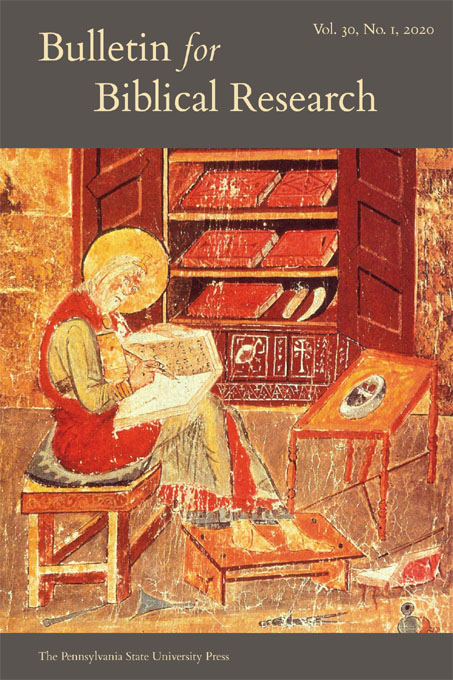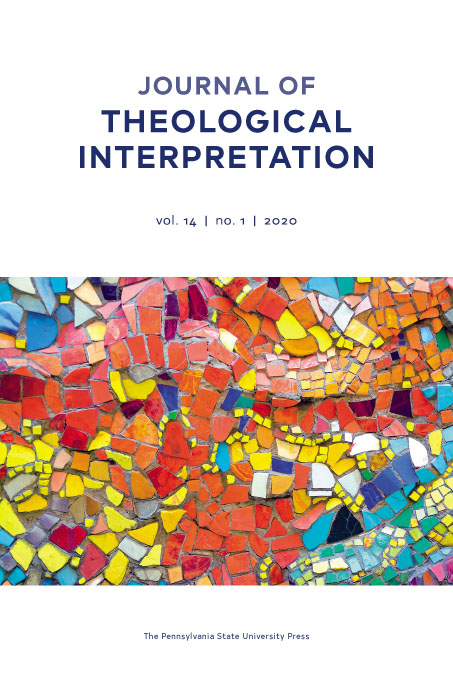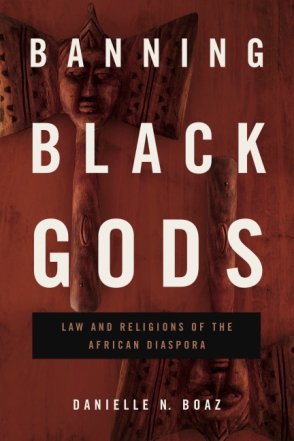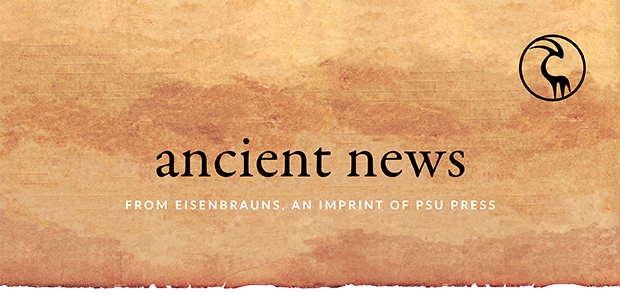
in this issue
general news
Welcome to the April issue of Ancient News!
Don’t miss the latest Two-Week Sale: 40% off books in the Languages of the Ancient Near East and Languages of the Ancient Near East Didactica series through April 11th using discount code 2021EG! Stay up to date on all our special offers on our Sales & Specials page. You can also get up-to-date information about sales and new releases by subscribing to BookNews.
If you missed our virtual author event, New Books in Assyriology, don’t worry! You can watch the full author panel on our Facebook page here.
Scroll down to see a couple of recently published books, and sign up via the links below to be notified when forthcoming title Ramat Raḥel VI (copublished with Tel Aviv University) releases later this month. As always, if you have an idea for a book, get in touch with Jen Singletary, our acquisitions editor. She’d love to hear from you!
Enjoy!
two-week sale
Save 40% off books in the Languages of the Ancient Near East and Languages of the Ancient Near East Didactica series through 4/11 with discount code 2021EG.
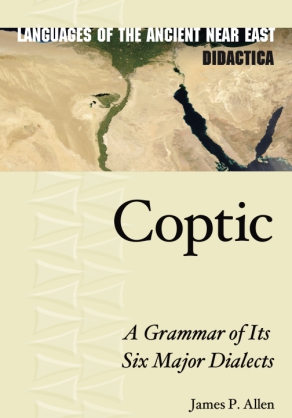
Coptic
A Grammar of Its Six Major Dialects
$59.95 $35.97
Unlike previous grammars that focus on just two of the Coptic dialects, this volume, written by senior Egyptologist James P. Allen, describes the grammar of the language in each of the six major dialects. It also includes exercises with an answer key, a chrestomathy, and an accompanying dictionary, making it suitable for teaching or self-guided learning as well as general reference.
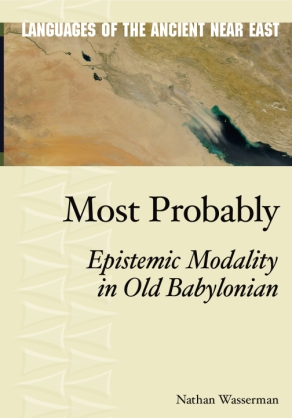
Most Probably
Epistemic Modality in Old Babylonian
$49.50 $29.70
The system that any language uses to express evaluations, judgments, estimations, and non-real situations tends to be complicated and poorly understood, and this has certainly been the case, historically, for Akkadian. In this study, Nathan Wasserman presents the fruit of 15 years of study of the epistemic modal system of Old Babylonian, which represents one of the better-known and best-documented periods of the Akkadian language.
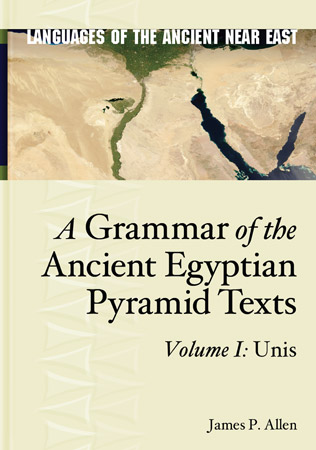
A Grammar of the Ancient Egyptian Pyramid Texts, Vol. I
Unis
$74.50 $44.70
A Grammar of the Ancient Egyptian Pyramid Texts is designed as a six-volume study of the earliest comprehensive corpus of ancient Egyptian texts, inscribed in the pyramids of five pharaohs of the Old Kingdom (ca. 2325–2150 BC) and several of their queens. The first volume, devoted to the earliest corpus, that of Unis, is based on a database that allows for detailed analysis of the orthography of the texts and every aspect of their grammar; it includes a complete hieroglyphic lexicon of the texts and a consecutive transcription and translation on facing pages. The grammatical analysis incorporates both the most recent advances in the understanding of Egyptian grammar and a few new interpretations published here for the first time.
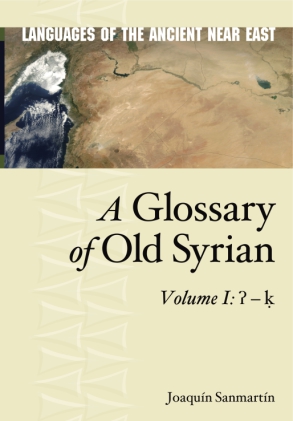
A Glossary of Old Syrian
Volume 1: ʔ – ḳ
$109.95 $65.97
A Glossary of Old Syrian: ʔ – ḳ is the first of two volumes aimed at the completion of a lexicographical index of the Old Syrian linguistical continuum. This glossary gives a picture, or map, of the Old Syrian lexicon as it can be extracted and reconstructed from the available sources, from the (Old Akkadian) Eblatic through the Old and Middle Babylonian corpora.
new eisenbrauns books
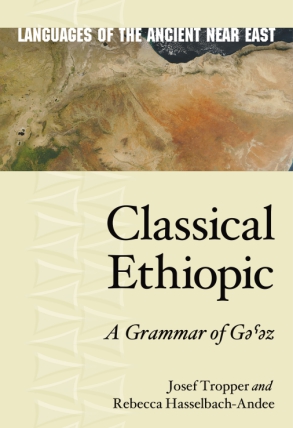
Classical Ethiopic
A Grammar of Gəˁəz
Josef Tropper and Rebecca Hasselbach-Andee
“For almost two decades, Josef Tropper’s Altäthiopisch has been the standard grammar for Gəˁəz. This English translation by Rebecca Hasselbach-Andee is even more useful thanks to the addition of the Ethiopic script throughout. For students and scholars alike, Classical Ethiopic is the best grammar of Gəˁəz available in any language.”—Aaron M. Butts, author of Language Change in the Wake of Empire: Syriac in Its Greco-Roman Context
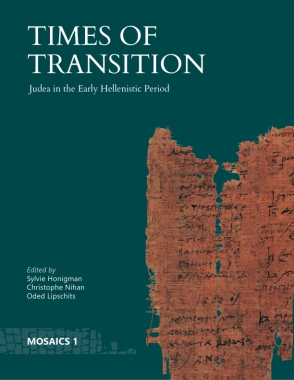
Times of Transition
Judea in the Early Hellenistic Period
Edited by Sylvie Honigman, Christophe Nihan, and Oded Lipschits
Copublished with Tel Aviv University
This multidisciplinary study takes a fresh look at Judean history and biblical literature in the late fourth and third centuries BCE. In a major reappraisal of this era, the contributions to this volume depict it as one in which critical changes took place.
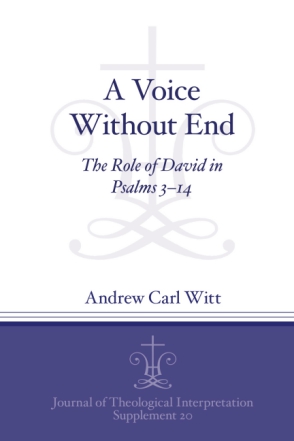
A Voice Without End
The Role of David in Psalms 3–14
Andrew C. Witt
“A Voice Without End brings to bear on the selected psalms models of interpretation that open up a much wider conversation—not only with the Psalter as a whole but with the wider contours of scripture in its final form. It will benefit biblical scholars with theological interests as well as theologians.”— Trevor Hart, author of Between the Image and the Word: Theological Engagements with Imagination, Language and Literature
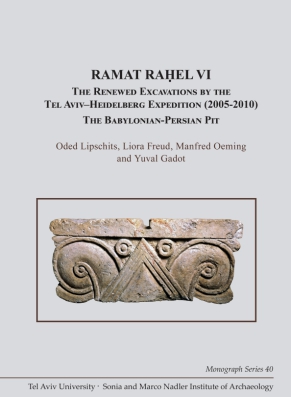
Ramat Raḥel VI
The Renewed Excavations by the Tel Aviv–Heidelberg Expedition (2005–2010). The Babylonian-Persian Pit
Oded Lipschits, Liora Freud, Manfred Oeming, and Yuval Gadot
Copublished with Tel Aviv University
In press!
This is part of a three-volume final report of the renewed excavations at Ramat Raḥel by the Tel Aviv–Heidelberg Expedition (2005–2010). It presents the finds from the Babylonian-Persian pit, one of the most dramatic find-spots at Ramat Raḥel.
journals
new from psu press
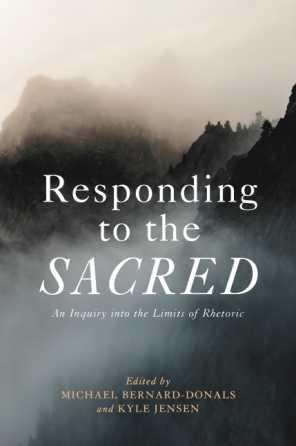
Responding to the Sacred
An Inquiry into the Limits of Rhetoric
Edited by Michael Bernard-Donals and Kyle Jensen
| Control your subscription options |
